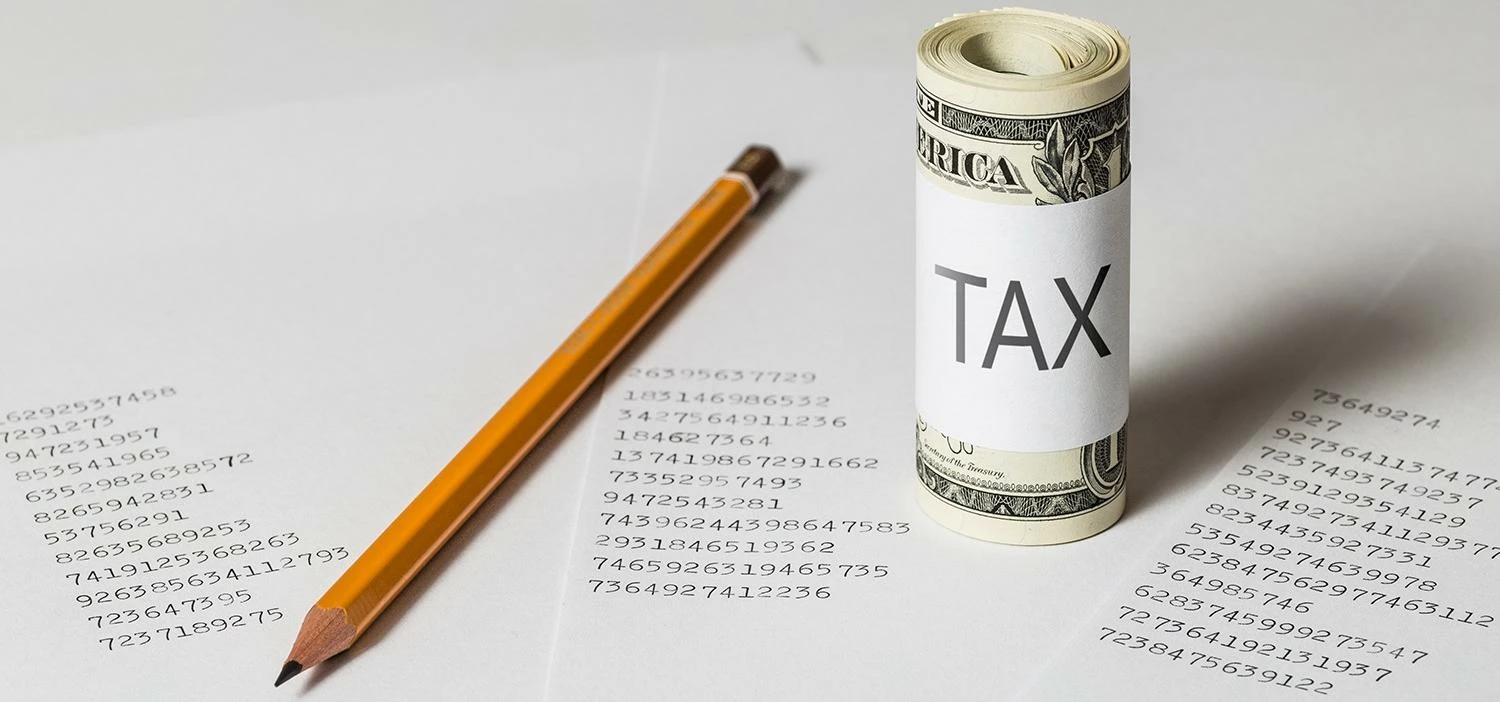
Partner Article
Autumn Statement Q&A
As Britain digests the announcements made in the Autumn Statement yesterday, we sit down with GoSimple Technical Director, Mike Parkes, to understand what this means for UK taxpayers.
Oldham based Go Simple is a website for people to upload tax returns and fight the corner of the hardworking tax payer. It is recognised by HMRC.
What did you think overall to the Statement today?
This year’s Autumn Statement was somewhat brief, at just 64 pages compared to 146 pages last year. The buoyancy of the UK economy following the Brexit vote has been a pleasant surprise for everyone, so clearly the Chancellor doesn’t want to rock the boat at this stage.
Overall, the Statement reaffirmed tax changes that had already been announced in March, sending a clear message that it’s business as usual for the coming months.
Who are the winners and losers in the Statement?
Low income households really stand to benefit from the Statement, especially pensioners who have been granted a triple lock on the state pension. Savers too have been promised a fantastic new scheme, although we’ll have to wait until next year for more details.
On the other hand, the government is taking a hard stance towards high net worth individuals. Greater scrutiny around tax planning initiatives are likely to impact both high earning individuals and their agents over the coming year.
Finally, the 2% rise in the Insurance Premium Tax shouldn’t be overlooked. This will place upward pressure on premiums, therefore affecting anyone who has an insurance policy.
Were there any unexpected announcements?
Absolutely: many working parents will be relieved to see the Universal Credit taper reduced from 65% to 63% from April 2017, giving three million low income households a boost.
Meanwhile, it was reassuring to learn that salary sacrifice schemes won’t be withdrawn immediately in April 2017, as initially expected. Instead, those already participating in schemes will be given a 4-year transition period. So while taxes will increase for both employers and employees long term, both have time to adjust and organise their affairs.
How will the Statement affect the self-employed?
There was little discussion around freelancers and sole traders, but employers will face higher labour costs in 2017 as the National Living Wage increases from £7.20ph to £7.50ph. Furthermore, the alignment of National Insurance thresholds will add up to £7.18 per employee onto annual NI costs.
Meanwhile, the new VAT flat rate of 16.5% introduced for labour-only businesses will erode the financial benefits of being registered on the scheme. In doing so, it will make voluntary VAT registrations less appealing.
How will landlords be affected?
On the surface, the Autumn Statement had few implications for buy-to-let property owners. However, the abolition of tenants’ letting agent fees could mean costs increase for landlords. Alternatively, it could inflate rental prices if estate agents pass these costs on to tenants in other ways. We will have to see how this one plays out.
Is there anything you feel was missing from the Autumn Statement?
It would have been nice to hear some feedback from the recently finalised Making Tax Digital consultation period, given that the first round of public beta testing is due to take place from April 2017.
Part of the Making Tax Digital mandate is for software developers to provide a free-of-use product. The delay to January 2017 narrows timescales for the digital switchover, which could put pressure on small businesses and developers.
You can read the Treasury’s summary of the Autumn Statement at Gov.uk. To connect with Mike Parkes and learn more about GoSimple, visit our website.
This was posted in Bdaily's Members' News section by Go Simple .








 Powering a new wave of regional screen indies
Powering a new wave of regional screen indies
 A new year and a new outlook for property scene
A new year and a new outlook for property scene
 Zero per cent - but maximum brand exposure
Zero per cent - but maximum brand exposure
 We don’t talk about money stress enough
We don’t talk about money stress enough
 A year of resilience, growth and collaboration
A year of resilience, growth and collaboration
 Apprenticeships: Lower standards risk safety
Apprenticeships: Lower standards risk safety
 Keeping it reel: Creating video in an authenticity era
Keeping it reel: Creating video in an authenticity era
 Budget: Creating a more vibrant market economy
Budget: Creating a more vibrant market economy
 Celebrating excellence and community support
Celebrating excellence and community support
 The value of nurturing homegrown innovation
The value of nurturing homegrown innovation
 A dynamic, fair and innovative economy
A dynamic, fair and innovative economy
 Navigating the property investment market
Navigating the property investment market